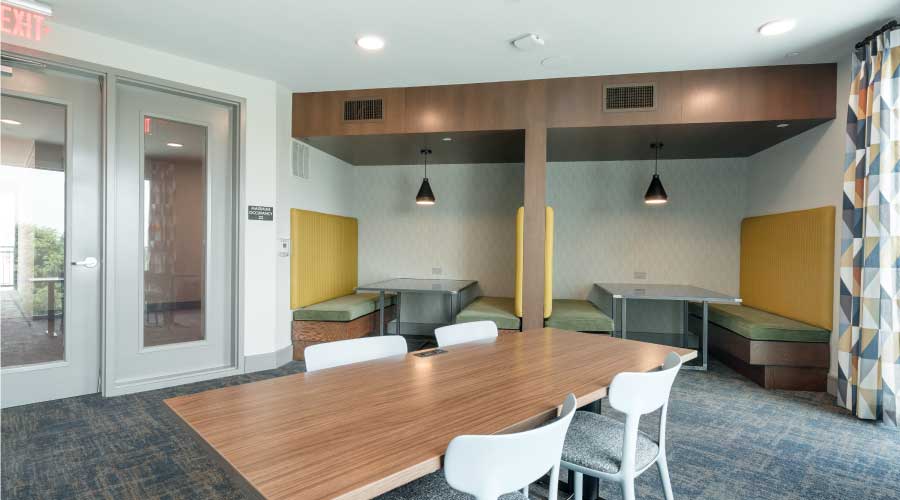Facility Security Requires Attention to Product Specification, Installation
As external threats to institutional and commercial facilities seem to grow daily, access control and security remain high on the priority lists of maintenance and engineering managers. In addition to specifying the most appropriate doors and door hardware to protect occupants and facilities, managers also need to understand the installation considerations related to security technology, such as video cameras and motion sensors, to avoid equipment failure.
By focusing on two of the most common mistakes — installing interior products outdoors and failing to prevent overheated equipment — managers can go a long way in hardening their facilities against exterior threats.
The Outside Story
One of the quickest ways to experience failure of any mechanical or electrical device is to install a device intended for interior use outside. Many security devices, including video cameras and motion detectors, are designed made for interior use only. They will not withstand the extremes in temperature and humidity that weather can bring.
When selecting any of these devices, managers should look for an International Electrotechnical Commission (IEC) 60529 or a National Electrical Manufacturers Association (NEMA) 250 rating. When specifying equipment for exterior applications in corrosive environments, managers must go beyond the IEC 60529 ratings. Saltwater or marine environments are corrosive environments for some equipment. Security devices installed within 12 miles of a coastline probably should be rated for a corrosive environment or enclosed in a housing designed to protect equipment from a corrosive environment.
The NEMA 250 rating system also addresses enclosures resistance to the penetration of solid and liquid materials. But it also addresses such requirements as corrosion resistance, gasket aging, and construction practices that the ingress protection (IP) codes do not address. So while it is possible to select NEMA ratings that satisfy or exceed the IP code criteria, it is not possible to select IP codes that meet or exceed any given NEMA rating. Still, managers can use some rules of thumb to better select equipment suitable for indoor or outdoor use. Generally, equipment that is rated IP20 or NEMA 1 is intended for installation in a climate-controlled environment. Equipment that is suitable for exterior installation should have one of the following NEMA or IEC ratings: IP54 or NEMA 3 or 3R; IP65 or IP66 or NEMA 4 or 4X; IP67 or NEMA 6; or IP68 or NEMA 6P.
Related Topics:













